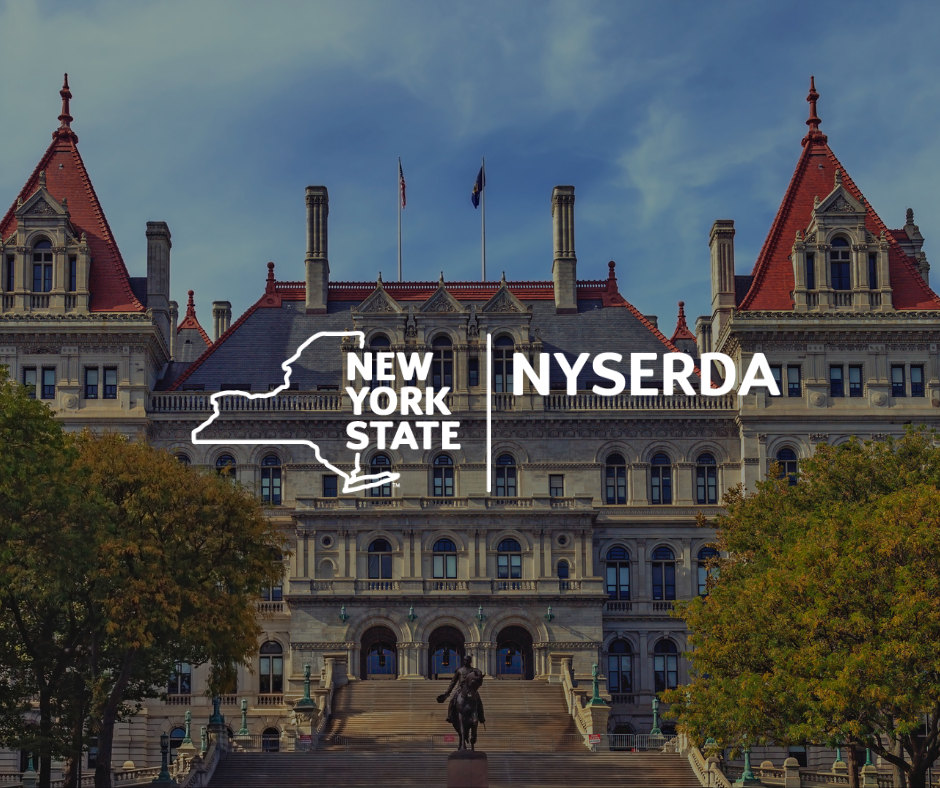Unlocking Opportunities: The Power of Local and Domestic Content Policies in Sports and Entertainment

(Local Content) – The sports and entertainment industry is a powerful economic driver, generating billions in revenue while creating opportunities for businesses and communities. As local governments, communities, and private investors develop stadiums, arenas, and entertainment districts, local and domestic content policies are critical to ensuring that economic benefits are equitably distributed. These policies provide a framework for local and small business contracting and workforce development, allowing stakeholders to access lucrative opportunities while ensuring compliance with public-private funding requirements.
Local and domestic content policies have played a key role in the sports and entertainment industry for decades, driving some of the most significant and innovative projects. Let’s explore how these policies benefit the industry.
I. Unlocking Contracts, Solicitations, and Procurement Opportunities
Local and domestic content policies mandate the inclusion of local businesses in public and private projects, increasing their access to contracts, solicitations, procurement opportunities, and tenders. Whether in construction, concessions, event operations, or merchandising, these policies enhance the competitiveness of local businesses in securing opportunities to provide services and products for major sports and entertainment projects.
For instance, stadium and arena developers must meet local hiring and procurement targets to qualify for funding and permits. As a result, local businesses gain increased visibility, strengthening their ability to compete for contracts in future projects.
II. Grants and Subsidies for Industry Growth
Governments often allocate public sector funding through grants and subsidies to support sports and entertainment infrastructure and operations. These funds help developers and teams finance construction, staffing, and event execution while ensuring compliance with local content requirements.
For example, a city providing subsidies for a new sports district may require developers to hire a percentage of their workforce locally or source materials from regional suppliers. This requirement not only stimulates local economies but also enhances public sentiment and community support for such developments.
III. Tax Incentives and Financial Benefits
Tax incentives—such as credits, exemptions, and deductions—play a crucial role in encouraging investment in sports and entertainment projects. To qualify for these financial benefits, developers and teams must demonstrate compliance with local content regulations. This often includes commitments to local hiring, job training programs, and small business inclusion.
Professional sports leagues, for instance, can receive tax benefits for manufacturing team merchandise domestically, aligning with “Made in America” initiatives. Such incentives contribute to reshoring efforts, boosting domestic production, and increasing workforce participation.
IV. Attracting Investment Through Compliance
Local content policies influence investment strategies in sports and entertainment development. Equity investments, debt financing, and municipal bonds are commonly used to fund stadiums, mixed-use entertainment districts, and large-scale events. Investors prioritize projects that align with local economic goals and demonstrate community engagement.
For example, an investor looking to finance a new arena is more likely to back a project with strong local content compliance, as it mitigates risks associated with public opposition and regulatory roadblocks. By adhering to these policies, developers can secure financing more efficiently while ensuring long-term project viability.
V. Regulatory Permits and Licenses
Compliance with local and domestic content requirements is often a prerequisite for obtaining environmental permits, construction approvals, zoning and land use permits, operational licenses, and health and safety certifications. Without meeting these criteria, projects risk delays, increased costs, or even cancellation.
Major sports venues and entertainment districts must navigate complex regulatory landscapes, making local content adherence essential for seamless project execution. By integrating local labor and suppliers into their plans, developers streamline the permitting process and avoid bureaucratic hurdles.
VI. Insurance and Risk Mitigation
Failure to comply with local content policies can lead to project delays, financial penalties, increased insurance premiums, and even public opposition. Projects that proactively integrate local businesses, workforce development, and community benefits reduce potential risks and enhance their long-term sustainability.
For instance, a sports district that fails to meet local hiring requirements may face litigation or public backlash, leading to reputational damage and financial loss. By embedding compliance from the outset, developers and teams mitigate such risks while fostering strong relationships with the communities they serve.
Local and domestic content policies are not just regulatory requirements—they are powerful tools for driving economic development, fostering small business growth, and ensuring access to opportunities in the sports and entertainment industry. By embracing these policies, industry leaders unlock funding, secure contracts, attract investment, and enhance their competitiveness in a rapidly evolving landscape.
As Sports and Entertainment Week highlights, integrating local and domestic content strategies into infrastructure, events, manufacturing, and media production ensures that the benefits of these multi-billion-dollar industries reach local businesses, workers, and communities.
For the full event schedule, registration details, and sponsorship opportunities, visit Sports + Entrainment Week.

.png)
Local Content is the Next Compliance Asset Class
LocalContent.com™ transforms how public and private sector projects meet local and domestic content requirements—with technology, data, and certification solutions that build trust, unlock funding, and prove community value.
Subscribe to Local Content
LocalContent.com Announces Upcoming AI-Driven Certification Suite to Boost Supply-Chain and Workforce Compliance, Competitiveness, and Economic Opportunity
Take the free assessment instead
%20(2).png)
.png)






